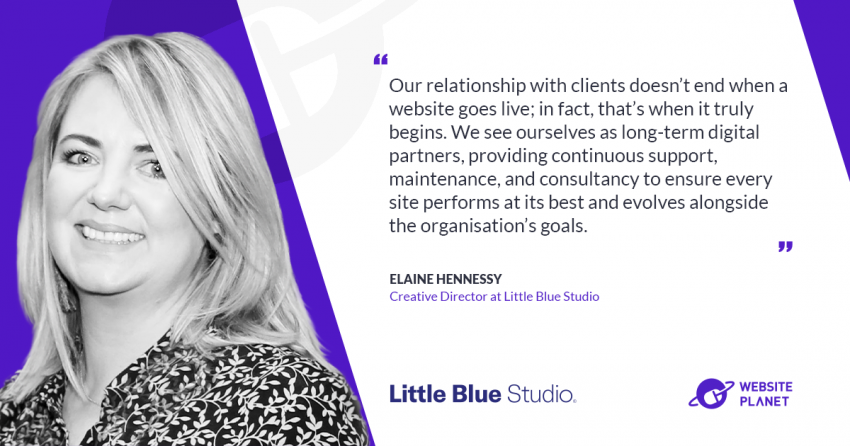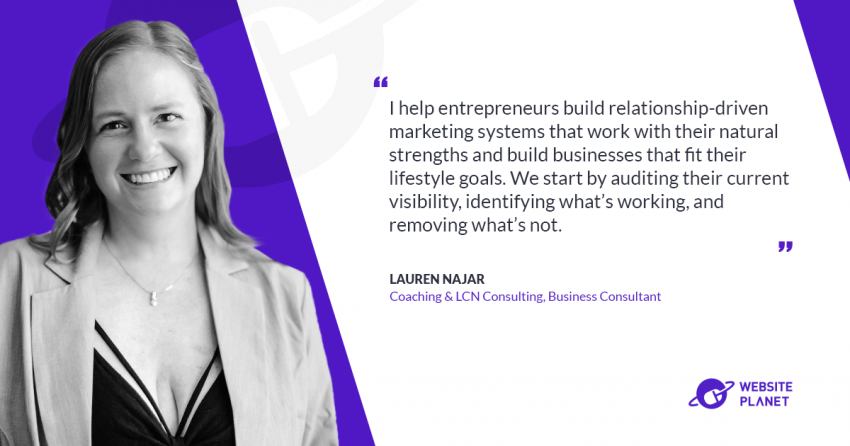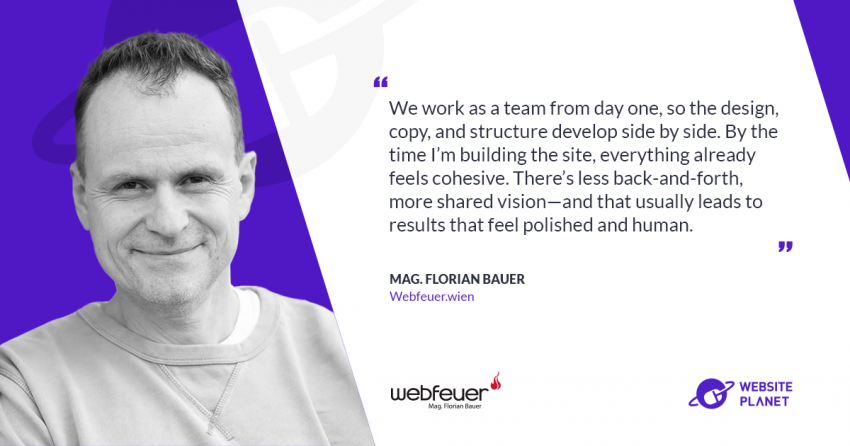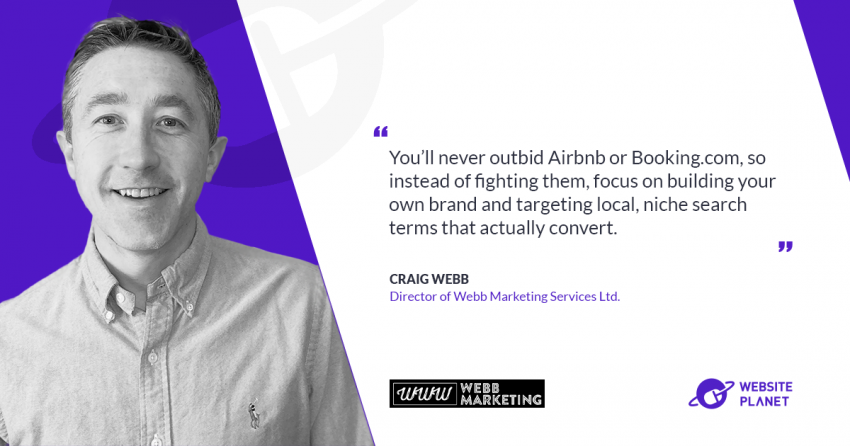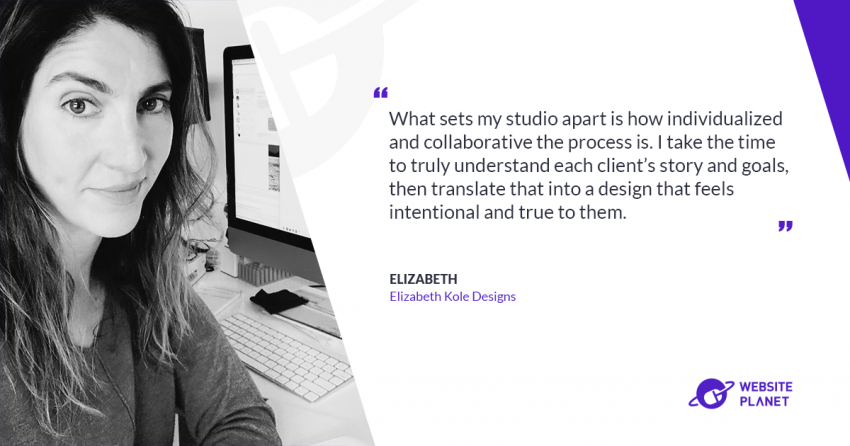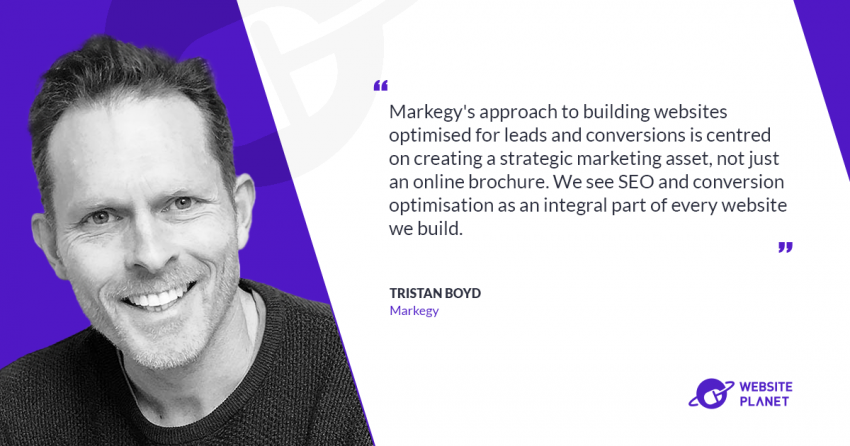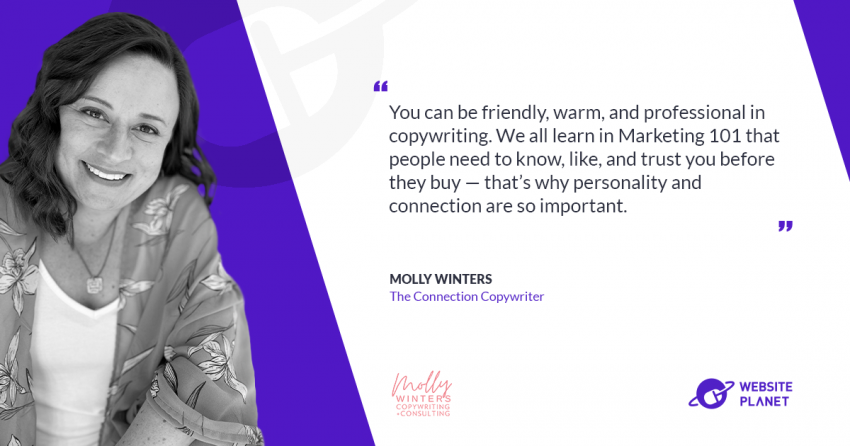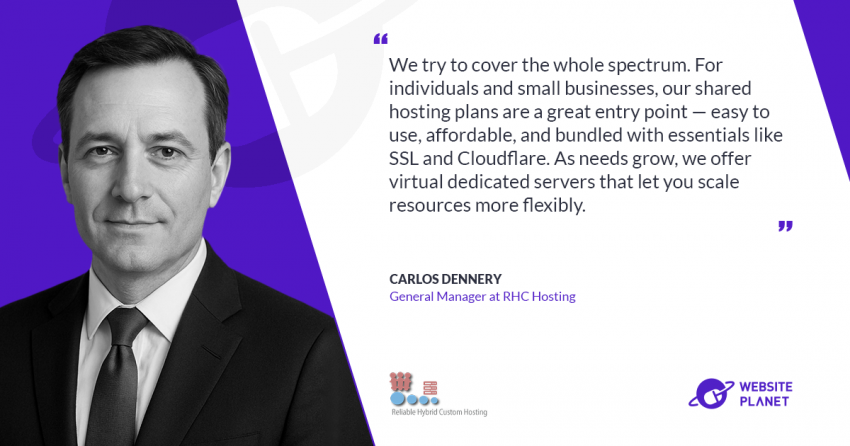Jörg Fiedler of JF Mediendesign shares with Website Planet how his full-service, 5-step workflow ensures websites are carefully planned, designed, and launched to meet each client’s goals.
Specializing in WordPress with the Avada theme, he emphasizes responsive, mobile-friendly designs and optimized performance for every site. Fiedler integrates SEO, on-page optimization, and minimal plugin usage from the start, ensuring both speed and search visibility.
In this interview, he also explains his approach to WooCommerce online shops, post-launch training, and ongoing client support to maximize long-term success.
How do you use a full-service 5-step workflow from planning to launch at JF Mediendesign?
My 5-step full-service workflow has proven itself time and again in the past: In step 1, I discuss the project with the client. They express their wishes and set goals. The desired SEO keywords are also discussed in a joint briefing.
Initial ideas are developed taking into account the client’s project specifications. These include navigation structure, general page structure, color scheme, and typography.
In step 2, I create an initial draft of the entire website based on the joint project planning. Initial change requests and additions from the client are incorporated at any time – initial functions are implemented.
In the 3-step process, technical functions are implemented, configured, and adapted within the website based on the customer’s requirements.
In the 4 step, I finalize the website and coordinate final corrections with the customer. All content and functions are tested and checked. The mobile display is checked again and SEO measures are finally optimized and implemented. A backup system is configured and secures the entire website.
In step 5, the new website finally goes live. After the website launch, the design and functions are checked again. The website is then registered for indexing in Google Search Console. After the website is published, I offer my clients further support and special training on how to use WordPress and create content.
However, it is also true that not all clients are able to follow this workflow. This is usually due to a lack of time or knowledge about the required information. In most cases, I also have the freedom to incorporate certain content or functions myself.
However, this is always done in consultation with the client. I often find that new clients have not yet really thought through their offering. In such cases, I support the client with suggestions and my own experience.
What measures do you take to ensure sites built with WordPress + Avada are responsive and performant on mobile?
In addition to a framework editor, the Avada theme also offers a live editor for working directly on the website. You can switch between desktop, mobile, and tablet views to check and correct the responsive behavior of the website.
The Avada theme features conditional rendering to limit the behavior of containers or columns depending on the device being used. For example, it is possible to clone a container for the desktop view and then tailor the duplicate specifically to the mobile view.
However, the website must still be tested on real smartphones and tablets. Even browser developer tools with mobile simulators sometimes show different results.
In terms of performance, however, the Avada theme is unfortunately also known for generating a lot of code. To counteract this, it is possible to use Avada’s internal Performance Wizard to disable certain unnecessary functions within the theme.
This is done in a step-by-step process in which certain function deactivations are already suggested. I also recommend that my customers install a caching plugin such as WP-Rocket to improve performance. WP-Rocket significantly speeds up the loading process of the website.
I also use a plugin for WebP image optimization and conversion for image material. This also helps enormously to improve the loading speed.
How do you decide and implement necessary plugins and technical features for a client’s website?
The decision about which plugins are necessary is based on experience. My motto is always: the fewer plugins, the better and safer it is for the website.
This is also one of the reasons why I prefer to work with the Avada theme: useful plugins such as Advanced Custom Fields Pro are already integrated into the Avada theme.
These can be activated as needed. In general, the Avada theme offers many internal elements and functions, so that external plugins can be avoided.
How do SEO and on-page optimization factor into your web design process at JF Mediendesign?
SEO measures and on-page optimization are an essential part of website creation right from the start. Even in the initial discussions with the customer, I often ask which terms or services the website should be found for on Google.
Based on these specifications, I structure each individual page of the entire website accordingly. A clear HTML structure for the heading hierarchy is very important here. The correct marking up of image elements is also important, as is the use of schema markup for FAQs, for example. I like to use RankMath as an additional SEO plugin.
What kind of training, support, or consultation do you provide clients after the site goes live?
I offer training, support, and consulting to every customer after their website goes live. When it comes to the Avada theme, I even offer a special training website in collaboration with a colleague.
Since the Avada theme has so many features, I usually show my customers the basic functions during an online video meeting. I also provide a lot of support via email. I have also published a lot of blog posts with tutorials and tips on the Avada theme on my website.
How do you approach projects for online shops using WooCommerce, especially vs. regular business websites?
When operating a website with a shop function from WooCommerce, I consult with the customer in advance about the most important areas of an online shop. These include tax information, shipping options, legal security within Germany, and, of course, payment options such as PayPal, Stripe, or Mollie.
Regarding the latter, I inform the customer about the functions of the external payment providers. In addition, some customers want special additional features, such as discount campaigns or vouchers. I have also implemented very specific solutions, such as ordering custom-made items, where the customer has to enter height and width specifications during the ordering process in order to calculate the price.
Compared to a normal company website, running an online shop is much more complex and time-consuming. Many things have to be adapted and tested.
Find out more at: www.jfmediendesign.de



